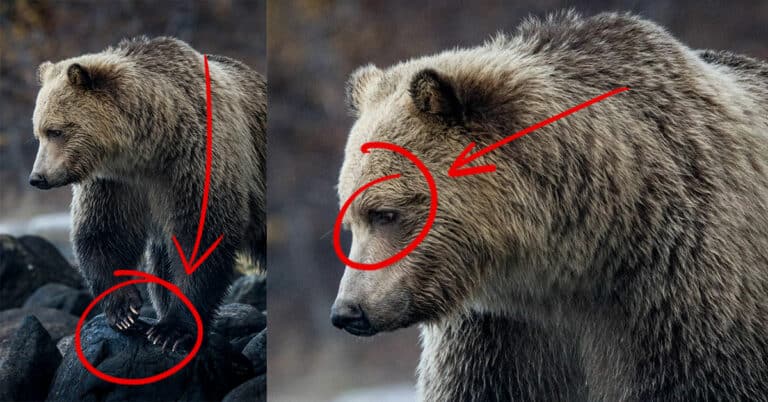Behind the Shot: Grizzly on the Rocks
This week we’re taking a detailed look at how, and why I created this image of a grizzly bear in British Columbia. What technical and compositional choices do you think I made to maximize the result from this quick encounter? Find out…












